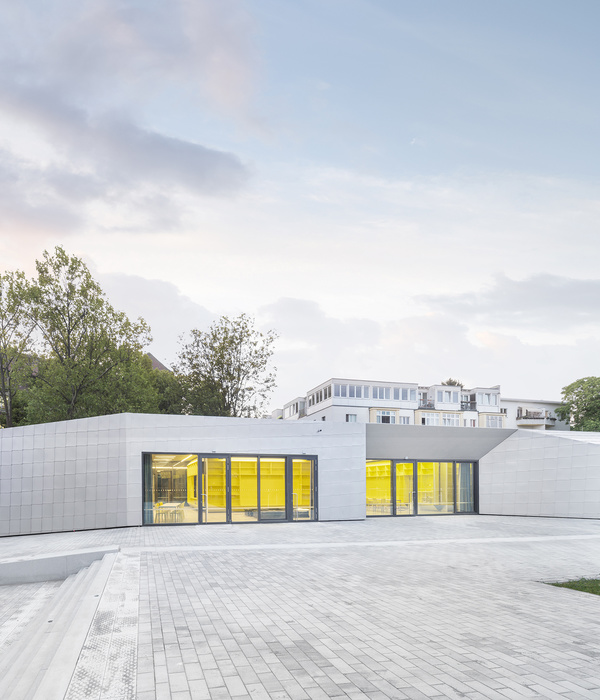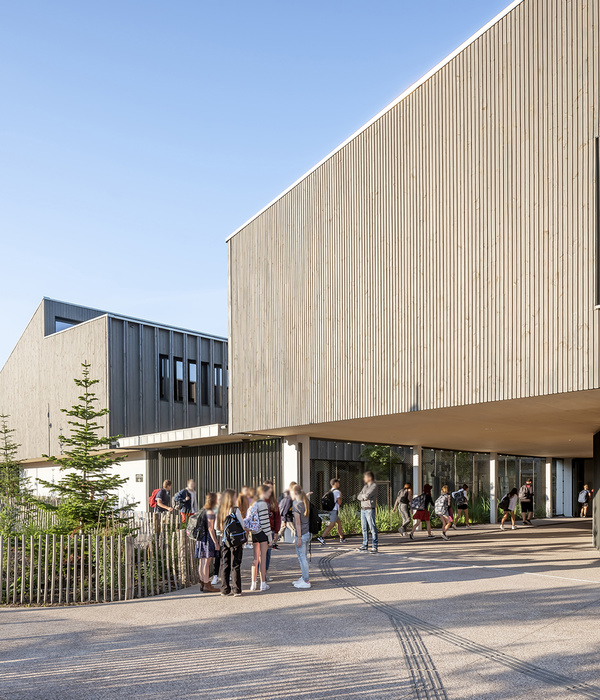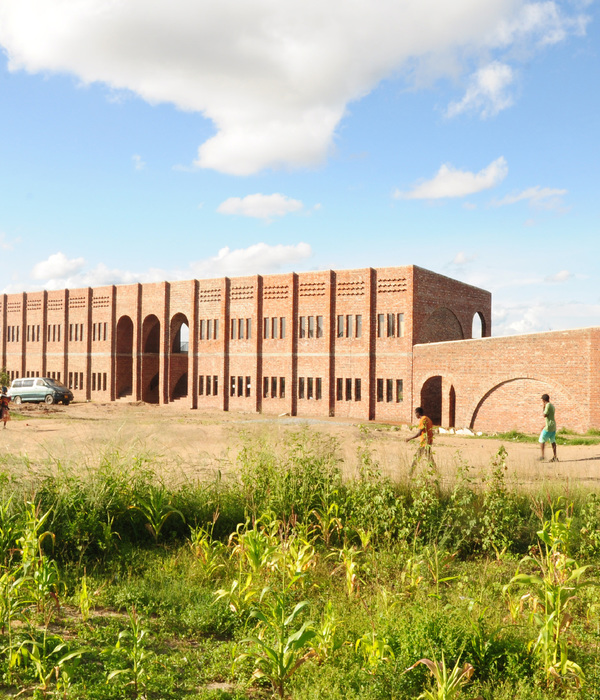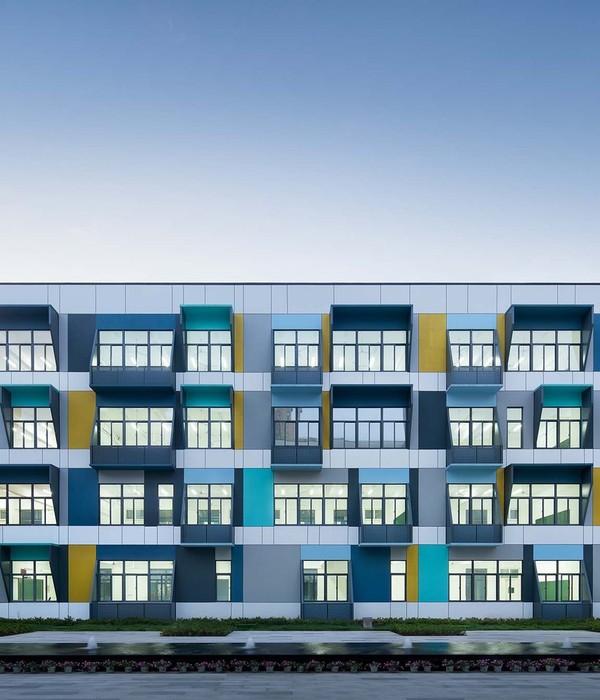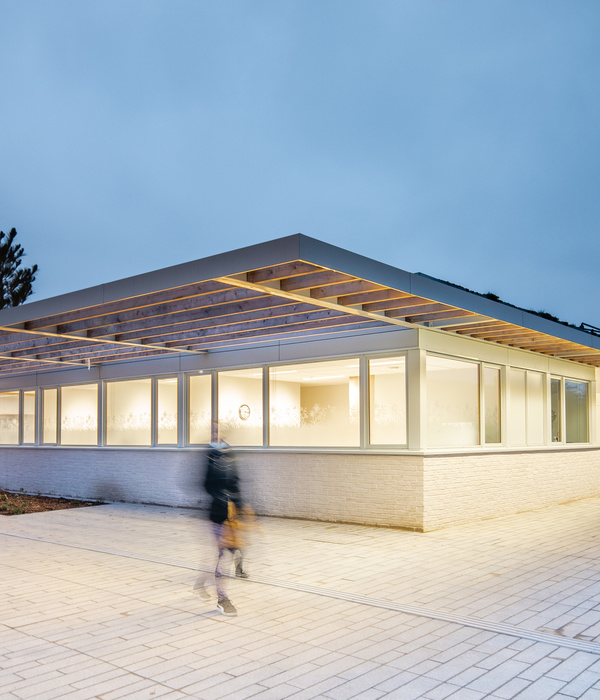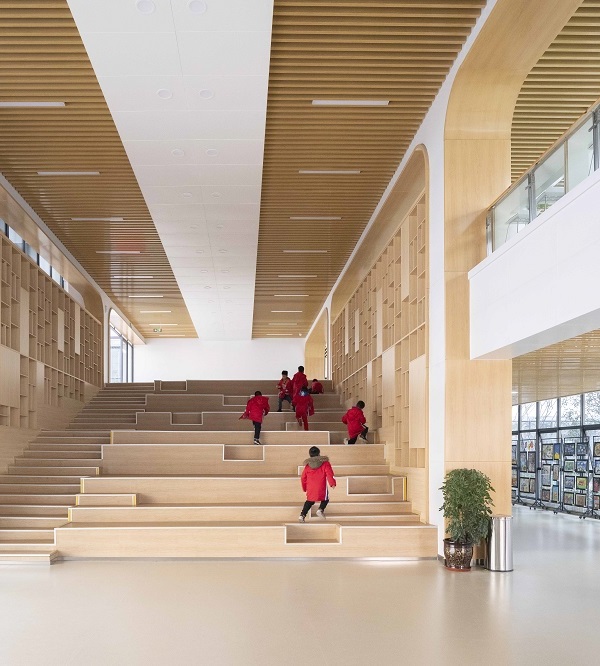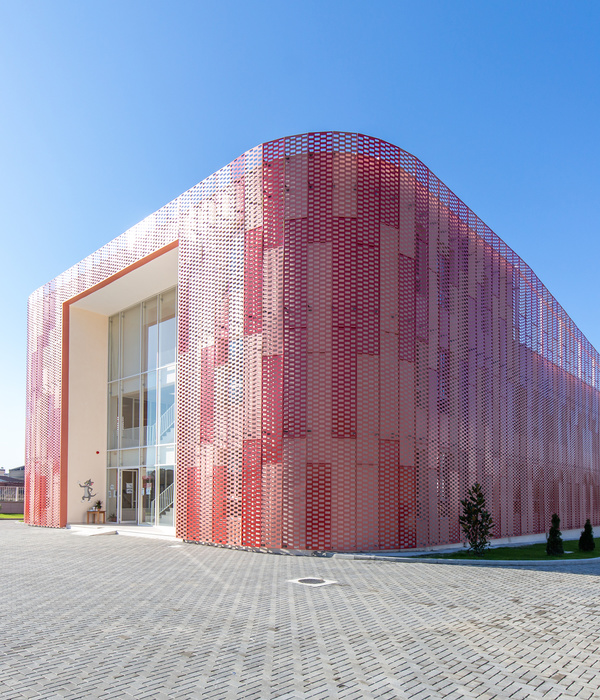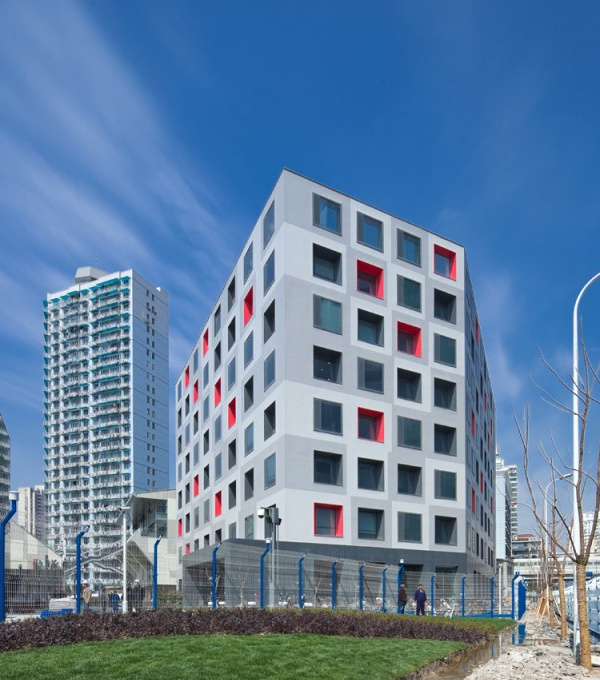Architects:Studio 804
Area :2060 ft²
Year :2022
Photographs :Corey Gaffer Photography
Manufacturers : Fundermax, Tremco, Duravit, Elkay, Oldcastle APG, Schneider Electric, Sherwin-Williams, Spore, 475 High Performance Building Supply, Amarr, Archon Fenestration Technologies, LLC, Broan NuTone, C&O Electric Sales, Carter-Waters/White Cap, Cavity Sliders USA Inc., City Roots, ConTech Lighting, Convergence Partners, Daltile, Deus Modern, +44Doherty Steel, Inc., EXLTUBE, Emerson Commercial and Residential Solutions, Feyh Farm Seed, GAF, GE Café, Grabber, Hardwood Lumber Company, Hunter Panels, Insulite Glass Company, Jamsill Guard, Kül Grilles, Linnea, MP Global, Masonite, McCray Lumber & Millwork, Monarch Watch, National Gypsum Company, OMG Roofing Products, Propex, Qcells, Quaker Commercial, Quarrix, Renvu, Retro Inferno, Richlite, Robi Decking, Roloson Foundation, SFS Group, Schluter, Scott Temperature, Sheoga Hardwood Flooring & Paneling, Simpson Strong Tie, Southern Carlson, Stanion Wholesale Electric Co., Inc., Stego Industries, LLC, Stellar, Steven Hughes Engineering, Tom Harper, TownSteel, Tristar Glass inc, Tubelite Inc., Tusk Foundation, Velux-44Fundermax
Lead Architect :Dan Rockhill
Project Team Students : Alex Fesi, Ashley Lee, Bret Majarocon, Chris Johnson, Christian Maglasang, Emi Sanders, Ethan Eben, Ethan Tollefson, Garret Heibeck, Halle Maroney, Isaac Taylor, Jack Young, Jordan Yarnell, Kate Kaufmann, Kendall Belcher, Kim Gordon, Maurice White, McKendree Mummey, Nathan Patterson, Noah Koppes, Noah Mercer, Rachel Johnston, Robert Zoschke, Roe Grace, Ryan Bayerle, Sam Zimmerman, Tyler Brown, Victoria Gonzalez
City : Lawrence
Country : United States
The historic Pinckney Neighborhood is a comfortable older neighborhood well-connected to the heart of Lawrence, Kansas. It is a short walk to the Kansas River and its parks as well as the cultural vibrancy of downtown. It is also close to the University of Kansas campus and a nearby bus stop which expands the possibilities of travel to the rest of Lawrence.
The Indiana Street House was designed for and inspired by the site that is in this neighborhood. It is a narrow 50’ infill lot that sits between two houses that are over 100 years old and constructed long before zoning was implemented in the city. The house to the north rests on the property line and the house to the south is within 2 feet of the property line.
Due to the narrow space, the choice was made to have the main living spaces rise above the landscape to the second floor with more exposure to daylight and expansive views of the neighborhood. The first floor is slimmer in profile to allow for more outdoor space at the ground level. The grade drops 11 feet from front to back and the house is nestled into the slope, so it seems to emerge from the site.
As you enter the first floor of the house, you are welcomed by a foyer that acts as a transition area from the outside to the inside. It is lined with ample storage housed in cabinets crafted in the Studio 804 warehouse by the students using prefabricated carcasses that were reinforced and finished with maple plywood fronts. The foyer extends along the length of the south side of the house with access to two flex rooms a full bathroom and the mechanical room.
The second floor sits on 22 steel columns and opens into the crowns of the trees to the east and west. The master bedroom and its cantilevered deck are on the east side greet the morning sun and reach toward a large burr oak tree at the front of the site. The living room and its large deck are on the west end where one can watch the sunset through a skyline of trees at the back of the site.
The overhangs, custom louvers, sunscreens, high-performance glazing, and well-placed operable units assure the building will not overheat while also taking advantage of the sun’s warmth in the winter and offering cross ventilation to bring in fresh cool air.
The lower floors are smooth ground concrete. The upper-level floors are tongue and groove maple. The bathroom floors are a 12x24 inch matte black tile and the painted gypsum board walls are highlighted with 4x12 lightly polished arctic white subway tile. A distinctive feature of the interior is the black perforated sliding screens which were fabricated from Richlite by the students in the Studio 804 shop with a CNC machine.
The primary second-level siding is Fundermax. A phenolic, high-pressure laminate developed in Austria. It is a by-product of lumber production at sawmills. The decking, walls, and soffits are domestic sassafras. The concrete/grass pavers ensure the project meets the required ratio between permeable to impermeable surfaces and mitigates stormwater runoff.
▼项目更多图片
{{item.text_origin}}

